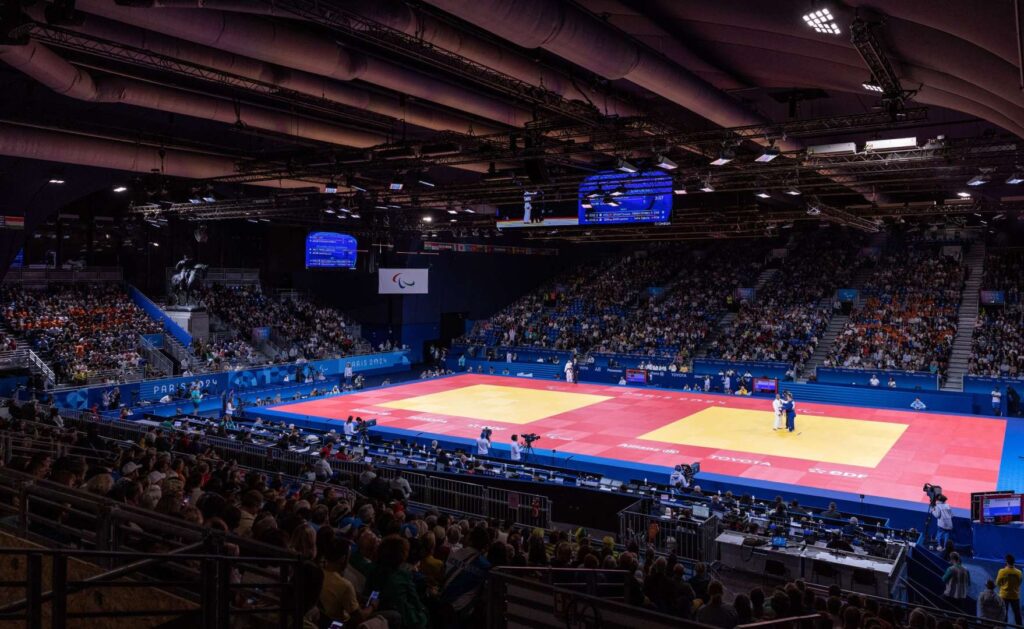News
Judo in the IBSA World Games
Date: August 16, 2023
Category: Judo
Judo is one of the sports in the IBSA that is also a Paralympic sport.
A huge change took place in the history of IBSA Judo in January 2023. In accordance with the decision of the IPC, in Paris, the athletes compete in two eye classes. Blind and nearly blind athletes compete in the J1 eye class, while partially sighted athletes compete in the J2 eye class.
The IBSA World Games, which is also a world championship in judo, is the largest competition in the series of Paralympic qualification competitions. The current starting number before eye classification is about 270 people. Studying the entries, it can be concluded that almost every world and continental champion is going to win a gold medal again. By the way, all athletes who pass the eye classification can start the competition. The only condition is that a maximum of two athletes from one country can compete in one weight category.
The special feature of the event is that a team competition is also held, which is not a Paralympic event. Countries with smaller numbers can form an IBSA team. An equal number of J1 and J2 athletes must compete in the men’s and women’s team competitions.
Short IBSA Judo history
Judo is the world’s most popular martial art for athletes with visual impairments. It is based on the same skills, movements, tactics and respect as the sighted version of the sport, and athletes truly rely on their senses and instincts to overcome their opponent. The current world ranking lists 484 athletes from 52 countries, of which more than 50% are J1 athletes.
Judo (men) appeared on the Paralympic program for the first time in Seoul in 1988 thanks, among other things, to the Italian Bruno Carmeni former IBSA judo Chairman. Women will compete in the Paralympics for the first time in 2024 in Athens.
In Paris, 148 athletes compete in a total of 16 weight categories at the Paralympics.
For both men and women, and in the J12 and J2 eye classes, competitors fight in 4-4 weight groups. For women, these are -48 kg, -57 kg, -70 kg and +70 kg. For men, the weight limits are -60 kg, -73 kg, -90 kg and +90 kg. Each match lasts 4 minutes and the winner advances.
The judo techniques are completely identical to the techniques used in able bodied judo. It includes throwing technics, osei-komi (hold-down), kansetsu-waza (joint-locks), shime-waza (strangling). The competitor who performs a higher value throw, an evaluable hold-down joint-locks or strangling. Competitors who do not comply with the rules will be penalised.
The main modification to sighted judo is the way in which a judoka starts, or re-starts, a match. They must begin with a grip on their opponents judogi.
Competitors wear a back number with their name and the abbreviation of their country. J1 competitors have a red circle on their back number.
Even in judo, you can get to the Paralympics at the end of a serious qualification process. The qualification started in September 2022 and will last until the end of June 2024. During this period, athletes collect points in 19 competitions. The highest score is given by the World Championships. The qualification is completely transparent. This is determined by the IPC and judo rules. These rules can also be found on the IBSA (judo) website “Road to Paris”
“The officials of IBSA Judo, the appointed international referees, in cooperation with the local organisers, prepare for the competition with great professional knowledge and commitment. They are sure that the best will win in fair fights and take a big step towards participating in the Paralympics. However, not everyone can be a winner and a medalist. But everyone will be proud to be part of IBSA’s biggest event. I wish everyone good health and successful competition“.
On behalf of the IBSA Judo Sport Committee
János Tardos
Chairperson of IBSA Judo Sport Committee





